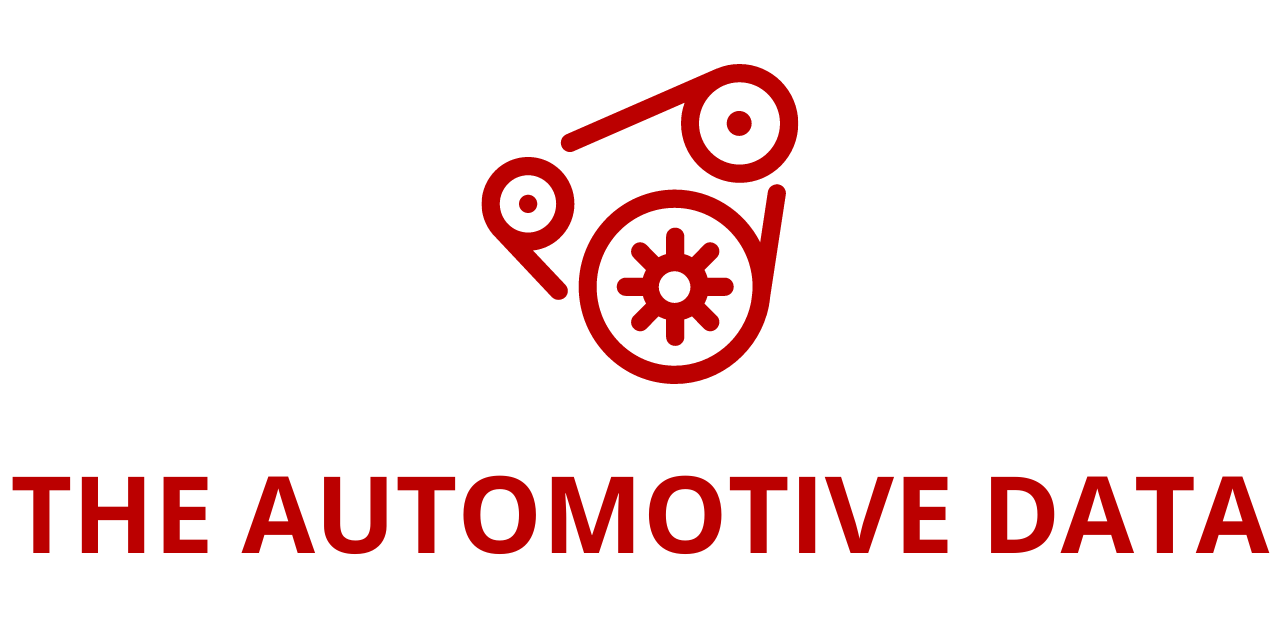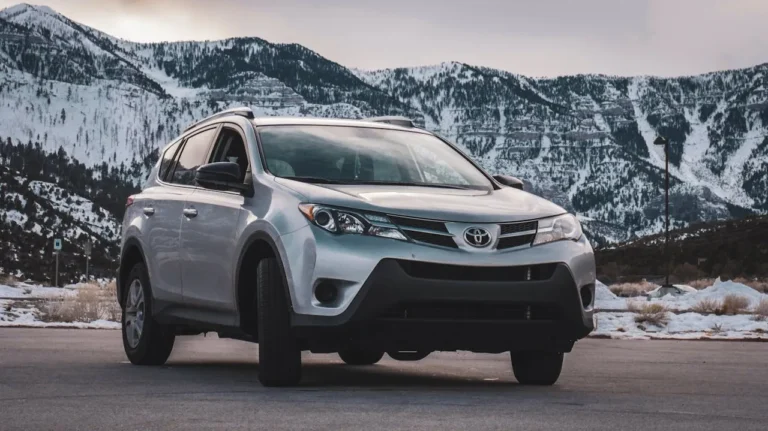
Autonomous Vehicle Simulation Solutions Market to Reach $4.61 Billion by 2035, Driven by Cloud Platforms and ADAS Advancements
The global market for autonomous vehicle simulation solutions is on a strong growth trajectory, projected to surge from $1.3 billion in 2024 to $4.61 billion by 2035. This expansion represents a compound annual growth rate (CAGR) of 12.03%, according to a new report added to ResearchAndMarkets.com. As the automotive industry pushes toward greater automation and safety, simulation solutions are emerging as essential tools in the development and validation of autonomous driving technologies.
Market Overview: Driving Forces Behind Growth
The rapid evolution of advanced driver-assistance systems (ADAS) and fully autonomous vehicle platforms is creating an urgent need for efficient, safe, and cost-effective testing methods. Traditional real-world testing is not only expensive but also time-consuming and limited in scope. This is where simulation solutions step in, providing high-fidelity, repeatable virtual environments that can recreate a multitude of driving scenarios—from congested urban streets to hazardous weather conditions.
Simulation tools are also instrumental in minimizing risks during vehicle development and ensuring compliance with increasingly stringent safety regulations. The growing implementation of artificial intelligence (AI) and machine learning in simulation platforms further enhances their predictive capabilities and accelerates system development lifecycles.
Moreover, the integration of autonomous vehicles into smart cities and connected infrastructure is expanding the use cases for simulation technology. As urban environments become more complex and interconnected, virtual testing is crucial for validating interactions between vehicles, infrastructure, and communication systems.
Key Market Drivers
Several critical factors are propelling the autonomous vehicle simulation market forward:
- Rising adoption of ADAS and autonomous driving technologies: Automakers are integrating features such as adaptive cruise control, lane departure warning, and automated braking into new vehicle models.
- Demand for cost-effective and scalable testing platforms: Simulation reduces the need for physical prototypes and road testing.
- Regulatory push for safety validation: Agencies such as the U.S. Department of Transportation (USDOT) and the European Union are increasingly emphasizing virtual validation as part of the approval process.
- Growth in cloud computing: Cloud-based simulation platforms are gaining traction due to their flexibility, scalability, and cost-efficiency.
- AI and machine learning integration: These technologies enable more intelligent and accurate modeling of real-world driving behavior and conditions.
Market Challenges
Despite the growth potential, the market faces several hurdles:
- High implementation costs: Developing and maintaining high-fidelity simulation software and hardware requires significant investment.
- Complexity of real-world scenario replication: Capturing the unpredictability of real-life driving—such as human behavior and environmental variations—remains a major challenge.
- Data privacy and cybersecurity concerns: As cloud deployment grows, securing sensitive data and intellectual property becomes more critical.
Market Segmentation: A Deep Dive
The report segments the market by end users, level of autonomy, product type, deployment method, and geographic region, offering a comprehensive view of growth opportunities and adoption trends.
By End Users
- Automotive OEMs and technology developers: These players dominate the market, leveraging simulation to optimize autonomous vehicle performance, reduce development costs, and comply with safety standards.
- Research institutions and regulators: Universities and governmental bodies play a pivotal role in simulation innovation, validating technologies for public safety and policy formulation.
By Level of Autonomy
- Levels 1 and 2 (partial automation): This segment represents the largest share, driven by the widespread integration of driver-assist features in mainstream vehicles. Automakers like Tesla, BMW, and Audi are major contributors.
- Levels 3 and 4 (semi to high automation) and Level 5 (full autonomy): These segments are poised for significant growth as the technology matures and regulatory frameworks evolve.
By Product
- Software solutions: Comprising the majority of the market, simulation software includes platforms developed by leaders like Applied Intuition, ANSYS, and rFpro. These tools offer real-time rendering, sensor emulation, and scenario generation capabilities.
- Services: Complementary services such as consulting, integration, and training are also in demand, especially among smaller firms entering the AV space.
By Deployment
- On-premises solutions: These remain popular among OEMs and technology firms concerned with data security and IP protection. They provide enhanced control but come with higher setup costs.
- Cloud-based platforms: Gaining traction due to cost savings, scalability, and remote access. Cloud simulation is particularly appealing for startups and universities with limited infrastructure.
By Region
- North America leads the market, fueled by robust R&D investments, a mature tech ecosystem, and supportive regulatory policies. The U.S. remains a hotbed for AV innovation, particularly in Silicon Valley and Detroit.
- Europe follows closely, with a strong emphasis on smart city initiatives and environmental sustainability. Countries like Germany, the UK, and the Netherlands are key players.
- Asia-Pacific is rapidly catching up, driven by countries such as China, Japan, and South Korea. Local governments are investing heavily in AV infrastructure and digitalization.
- Rest of the World regions, while smaller in market size, are increasingly adopting simulation tools for regulatory testing and smart mobility projects.
Recent Industry Developments
The market is witnessing a wave of innovation and collaboration:
- ANSYS has deepened its integration with NVIDIA DRIVE Sim, enabling real-time photorealistic simulation for AV perception systems.
- Altair Engineering released a new suite of simulation tools focused on multi-physics modeling and sensor simulation.
- Waabi, an AI-driven AV company, has partnered with Volvo to enhance self-driving truck development using simulation.
- Government initiatives such as the EU’s Smart Mobility Roadmap and the U.S. Federal Automated Vehicles Policy highlight the growing role of virtual testing in national AV strategies.
Technological Trends Shaping the Future
The report identifies several key technology trends likely to influence market dynamics over the next decade:
- AI-driven simulation and digital twins: These enable more accurate modeling of vehicle behavior and environments.
- Neural Radiance Fields (NeRF) and Gaussian Splatting: Emerging techniques for high-speed, high-fidelity 3D rendering in real-time.
- Edge computing and sensor simulations: Crucial for testing vehicle response in latency-sensitive environments.
- Quantum computing: Although nascent, it holds promise for solving complex optimization problems in AV path planning and traffic simulation.
Competitive Landscape
The competitive landscape is evolving rapidly, with established simulation providers competing alongside startups and tech giants. Key players include:
- Altair Engineering Inc.
- ANSYS, Inc.
- Applied Intuition, Inc.
- AVL List GmbH
- Cognata
- Dassault Systèmes
- dSPACE
- Foretellix
- Hexagon
- LG Electronics
- NVIDIA Corporation
- rFpro
- MathWorks, Inc.
- aiMotive
- OPAL-RT Technologies, Inc.
These companies are investing in product development, strategic partnerships, and acquisitions to strengthen their market position and address evolving customer needs.







